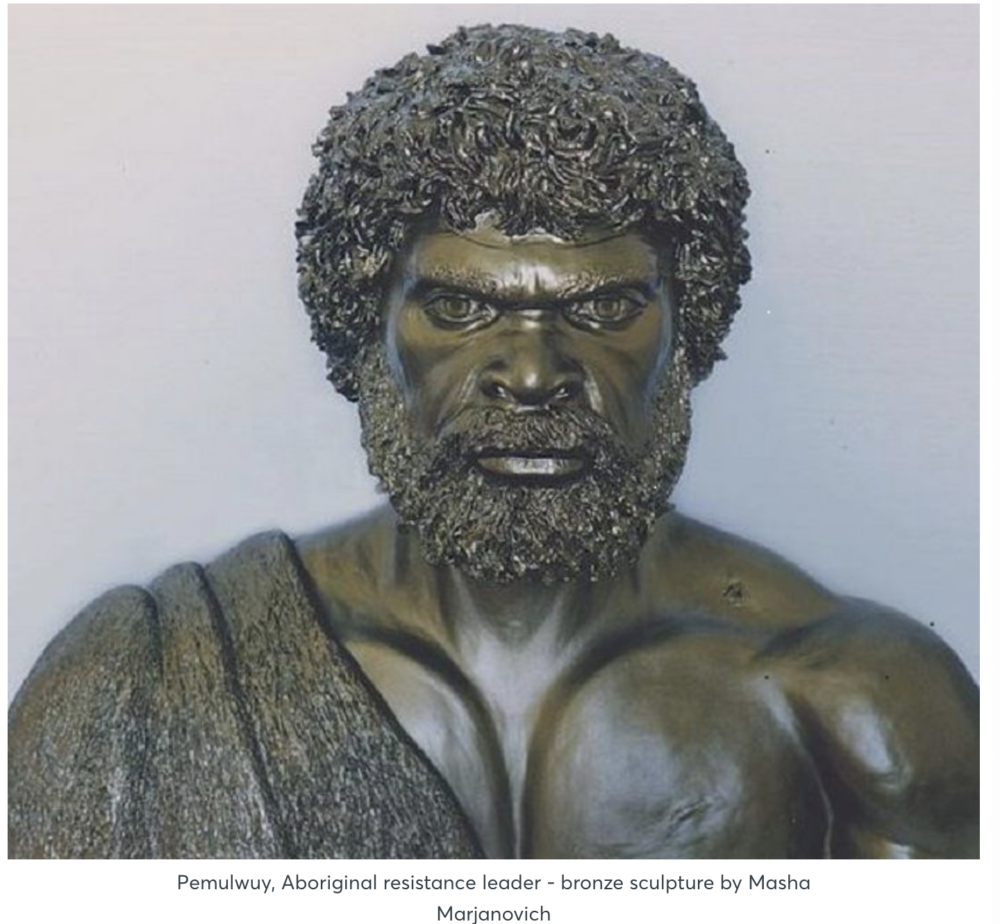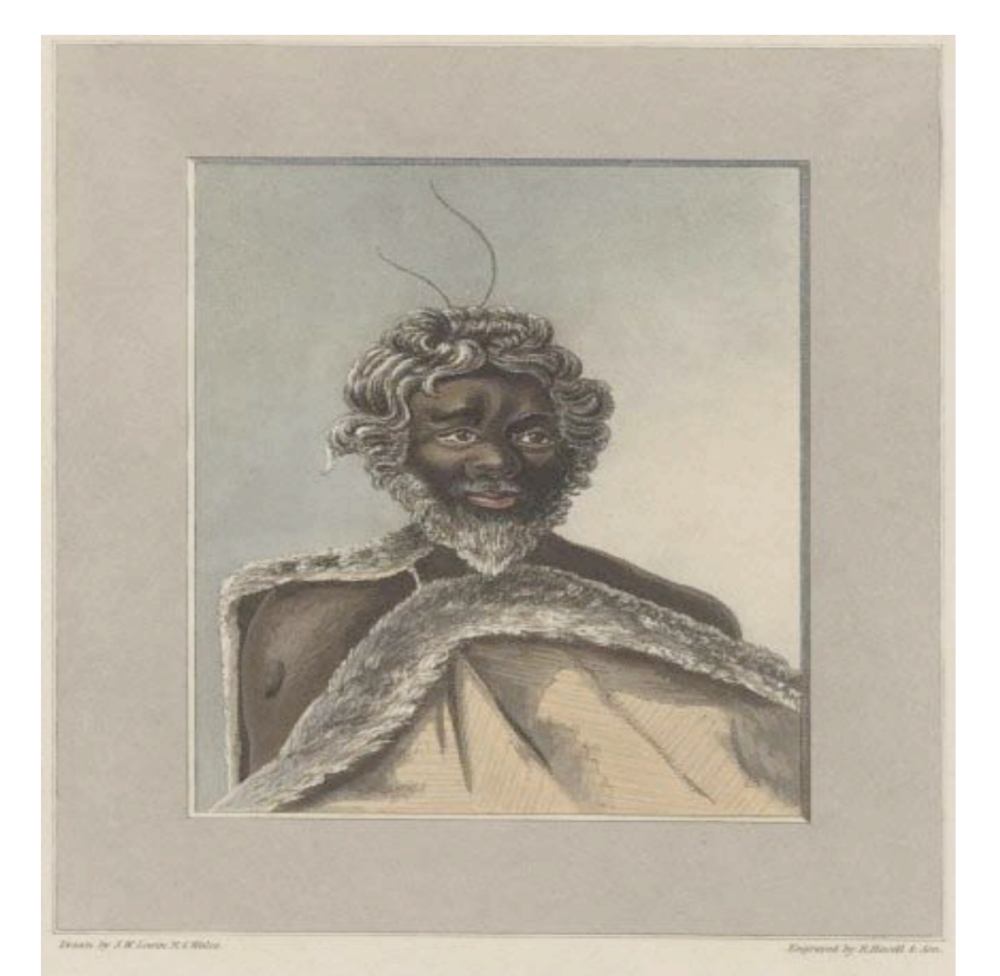
The Royal Australian Air Force’s Sydney fly past was much more muted this Australia Day. I think that’s just as well. It doesn’t seem right for an expansive F-35A Lightning II show on a day increasingly known as Invasion Day.
January 26 celebrates Australia, although it falls on the day in 1788 when Captain Arthur Philip officially moved his new camp from Botany Bay, where he’d landed three days before, to Port Jackson, in the new colony of New South Wales.
Eighteen years before, in 1770, Lieutenant James Cook first landed at Botany Bay and followed King George III’s orders to claim it for the British.
The two Aboriginal men who met Cook on the shore that day threw a rock and a spear in a ritualistic way, rather an aggressive one. It’s likely this first encounter, involving offence by the inhabitants over a breach of protocol, influenced Cook’s perception that the Aboriginal people he encountered were not as warlike as New Zealand’s Maori, something he found disappointing.
But later Cook was to reflect that he believed the Indigenous Australians were happier than the British – a note he made that was edited from his diaries when they were published.
From 1788 the Aboriginal population of Australia dramatically dropped.
Depending on which historian you read, it was either 300,000 or 1,000,000 by 1788, when Philip’s subjects, those first Sydney settlers, mostly convicts, arrived. But by 1900 the Indigenous population was down to 100,000 – so either had dropped by two thirds or nine-tenths.
Three things caused the dramatic decline; illness from white man’s infections never experienced before, lack of access to previous food sources and killing.
While not brilliant, relations between black and white weren’t too bad in the early days of the colony of NSW. However Captain Cook had seen an empty land, the justification for Governor Richard Burke’s later 1835 proclamation of Terra Nullius.
This meant no negotiation, such as treaty with the (supposedly non-existent) inhabitants, and the enactment and enforcement of full possession of all land in the name of the British Crown.
But Terra Nullius was a convenient delusion because relations had already deteriorated as white settlers had moved out from Port Jackson to secure food.
As early as 1759, the settlers, increasingly stressed about securing food supplies, had moved first into Parramatta, to farm better soil than the Port Jackson hinterland could offer, then northwards up along the ridges and out towards what would later be known as Wiseman’s Ferry.

The inhabitants of these parts, the Bidjigal, would not concede their lands. Raids were sometimes interpreted as wanton destruction of crops and livestock, when in fact the Bidjigal had previously harvested their own foods on these lands, wrongly perceived as non-food bearing by the British because they were uncultivated.
So the Bidjigal, defending food supplies and wanting the newcomers to leave, were described as ‘dangerous depredators.’
In March 1797, at the Battle of Parramatta, Bidjigal warrior Pemulwuy lead at least 100 warriors in attack on a government farm at Toongabbie and challenged the king’s soldiers to battle.
As the new colony developed, far away from the close scrutiny of the British Parliament, it was led by a series of governors. But the reality was, that real power was held by the military. We had the ‘Rum Rebellion’ of 1808 – and then a period of growth and stability under Governor Lachlan Macquarie, who served from 1810 to 1821.
But seen as many as a humanitarian and a great builder of towns, he was warlike in his approach to the Aboriginal people and was responsible for the Appin Massacre of 1816. Then 14 men, women and children were killed. He had their bodies hung from trees.
A little later and further south, in 1824, the Bathurst Wars started, with the Wiradjuri man Windradyne leading his people. By now the settlers had crossed the Blue Mountains and were rapidly taking over the lands beyond.

In response to Windradyne’s success, that year Governor Brisbane declared martial law. This meant any Aboriginal person west of Mt York, in the Blue Mountains, could be shot on sight.
No warnings needed to be given, no prisoners needed to be taken. There was no discrimination between warriors and those who apparently did not bear arms.
Every white man was now a ‘trooper’, able to kill in the name of the King.
So massacres happened, for example, in 1848, the Massacre of Hurricane Gorge Creek, where a camp of 120 men, women and children were chased along clearings and into gullies with 28 dead.
The imposition of martial law at that time marked the beginning of a brutal time in our history. Of course, this only documents some of the massacres and New South Wales was not the only state where they occurred.
The history of NSW is sadly similar to that of the other colonies that joined together to become Australia when it federated in 1901.
